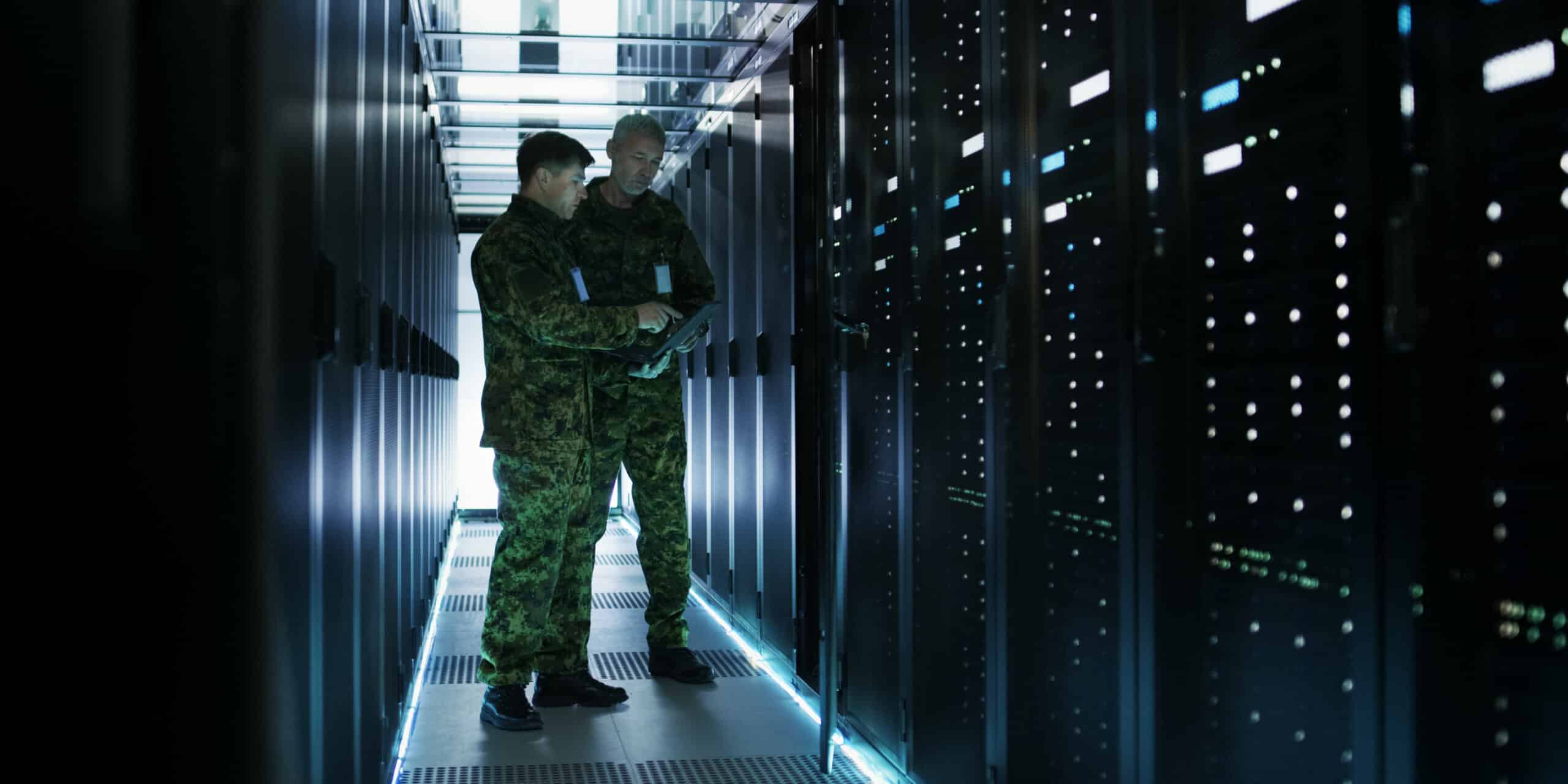
Closing the gap: How digital forensics and intelligence can work smarter together
In today’s investigations, one thing is certain, data is everywhere. Every seized phone, laptop, or cloud account holds a potential goldmine of information. While digital forensics teams work tirelessly to extract and analyse that data for court, intelligence units are often working just a few doors away, building operational pictures and identifying threats.
The problem? These two worlds don’t always overlap as much as they should.
Missed opportunities?
Digital forensics departments are laser-focused on evidential integrity, gathering proof that will hold up in court. That’s essential work, but it can mean that valuable patterns, associations, and leads remain locked inside case files until long after they could have made an operational difference.
Meanwhile, intelligence units in areas like serious and organized crime, counter-terrorism, and child sexual exploitation and abuse are tasked with spotting risks early, mapping networks, and directing resources. Without timely and appropriate access to the full scope of forensic data, they may be making decisions without the clearest possible picture.
Why it happens
- Different priorities – Digital forensics teams are building evidence packages; intelligence teams are chasing leads.
- Data silos – Security protocols and legislative boundaries can limit what each side sees.
- Specialist tools – Many forensic tools require training and expertise that intelligence teams don’t have.
It’s not about unwillingness, it’s about workflows, access models, and technology that haven’t fully caught up to the need for secure, compliant collaboration.
What good looks like
Imagine a digital evidence and intelligence ecosystem, a connected workflow where both digital forensics and intelligence can work from the same foundation while still respecting legal and procedural safeguards.
In this approach:
- Intelligence teams can securely access and review relevant digital evidence from digital forensics extractions without compromising the chain of custody.
- Digital forensics examiners can focus their efforts based on richer operational context provided by intelligence.
- Access is wrapped in strict controls and protocols, ensuring only authorised personnel can see relevant material, with all activity logged and auditable.
- Legislative and procedural compliance is built in, ensuring nothing jeopardises the admissibility of evidence.
- Advanced tools can map associations between people, objects, places, and events, surfacing connections that might otherwise be missed.
- Tradecraft can be shared across departments, identifying targets who may feature in multiple crime types.
The result? Cases move faster, evidence is stronger, and resources are used more efficiently, all without breaching legal or ethical boundaries.
Turning vision into reality…
This isn’t a fantasy. Solutions like Magnet Review are already helping to bridge the gap by giving non-technical users, like intelligence officers and investigators, controlled, role-based access to digital evidence. Without needing digital forensics-level training, they can search, review, and identify key material that shapes the direction of an investigation.
Paired with tools like Griffeye Enterprise for rich POLE (people, objects, locations, events) analysis, agencies can start breaking down silos while maintaining the integrity, security, and admissibility of the data.
The force multiplier effect
When digital forensics and intelligence workflows connect, securely and compliantly:
- Leads are spotted sooner
- Duplication drops, freeing up investigator time
- Offender identification speeds up, critical in time-sensitive cases
- Safeguarding improves as victims are identified and protected earlier
It’s not just about sharing data. It’s about working smarter together without ever compromising the integrity of the investigation. And in a world where the volume of digital evidence is only going one way, that kind of collaboration is no longer optional, it’s essential.